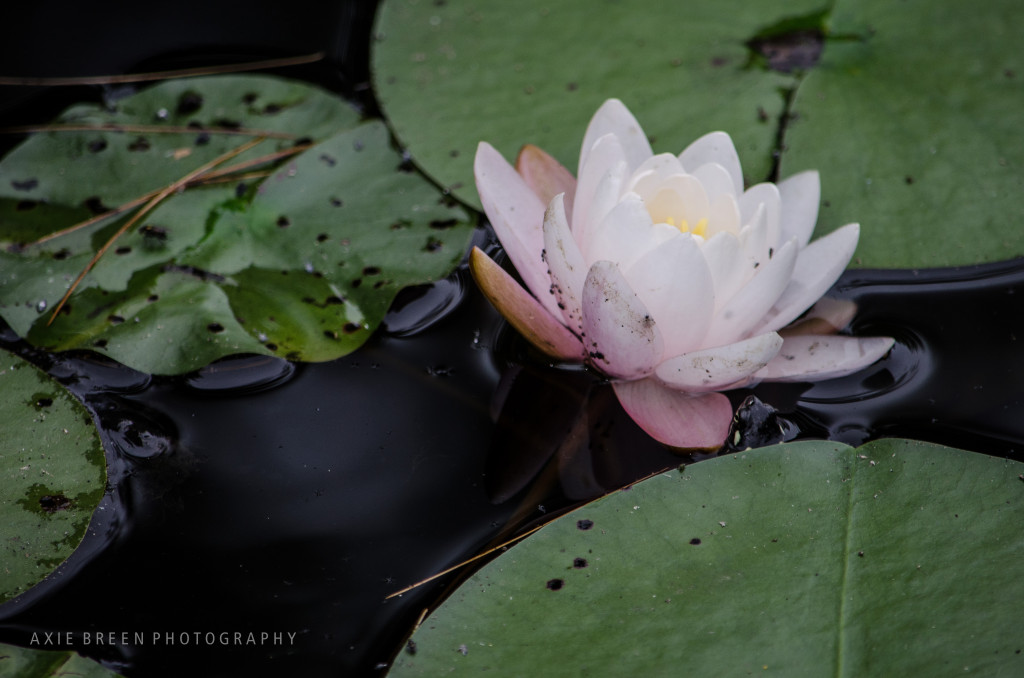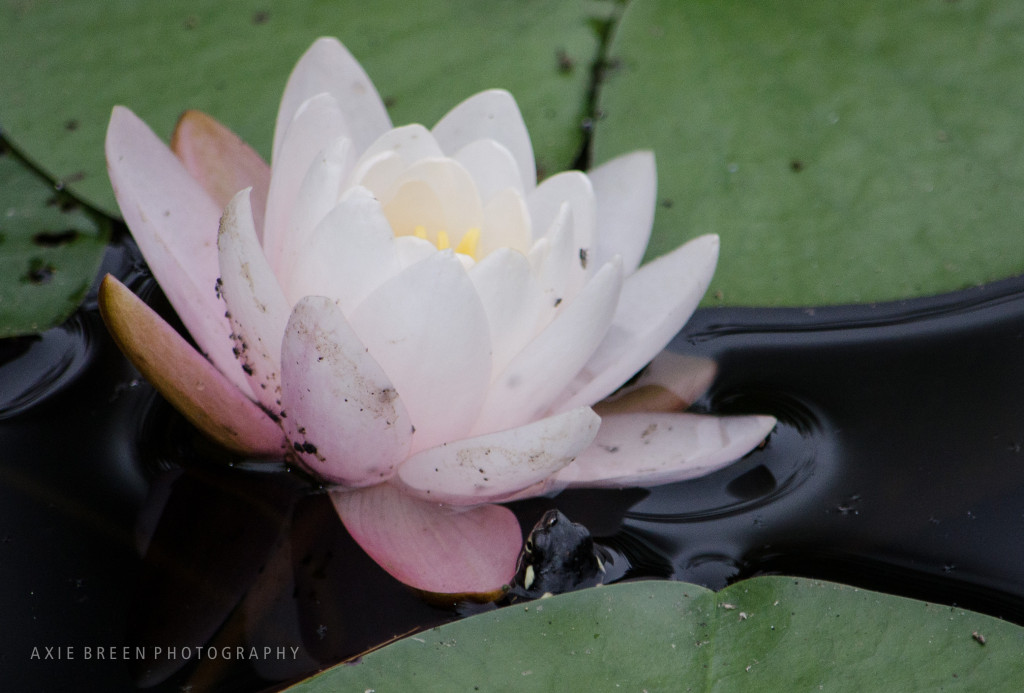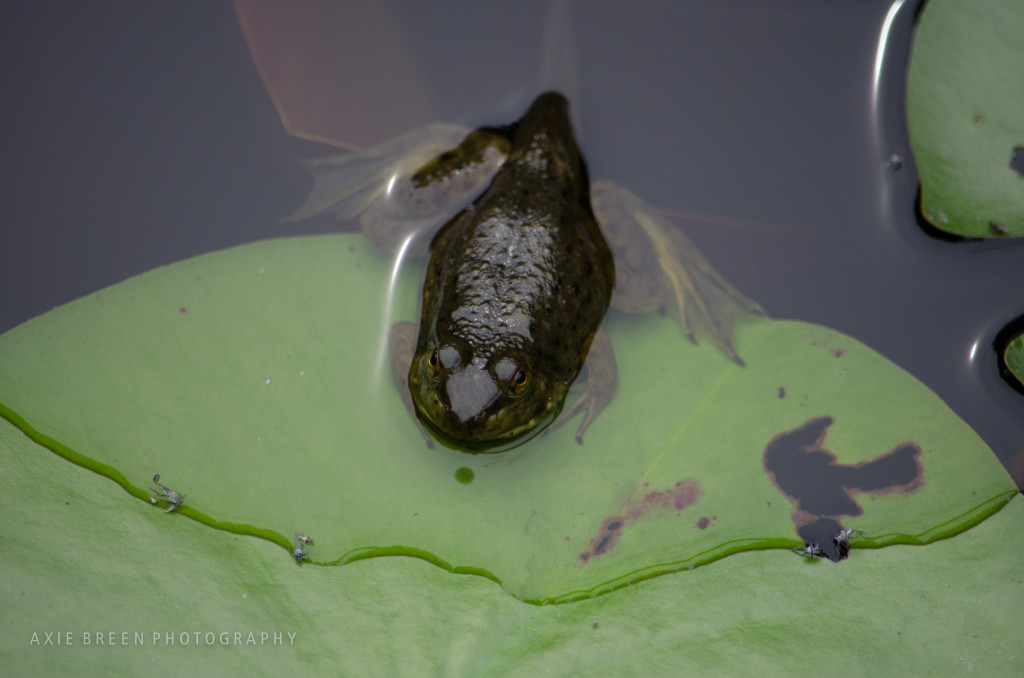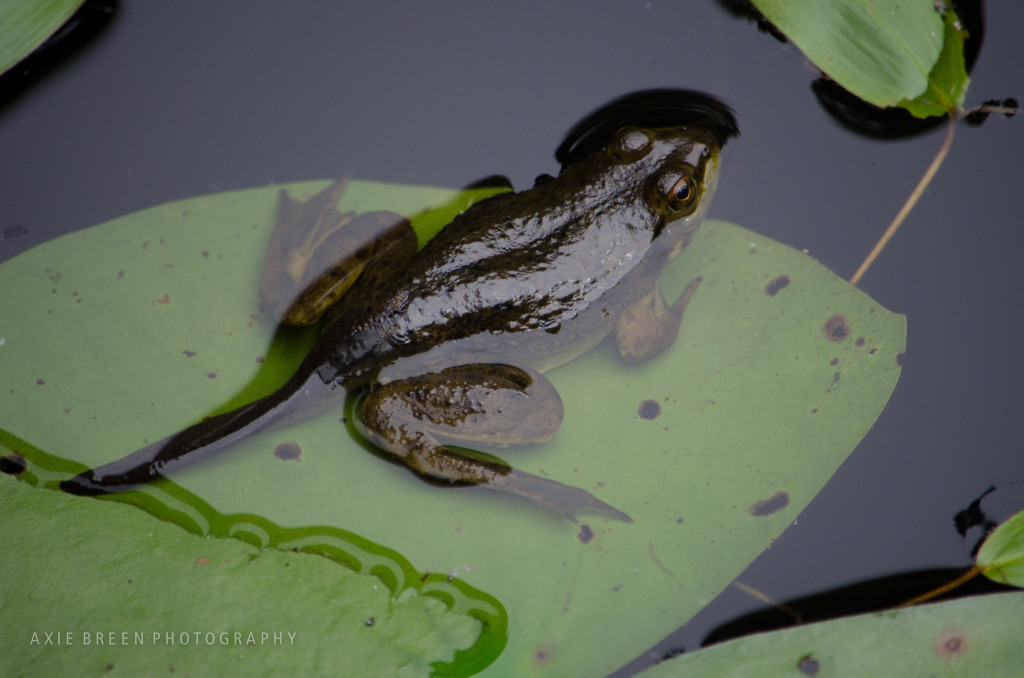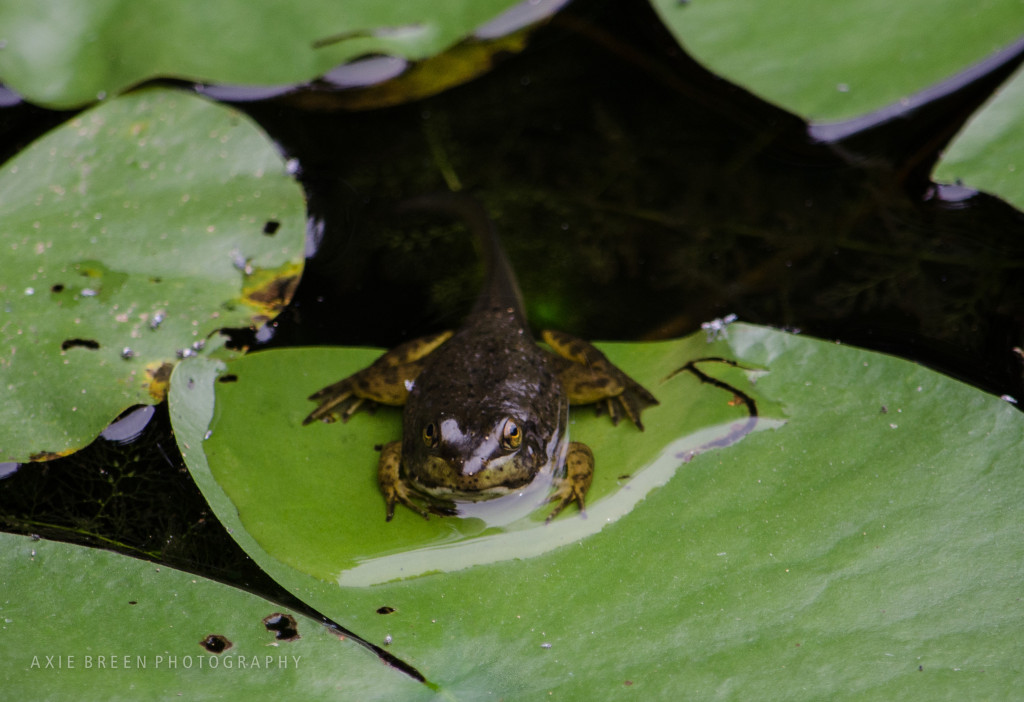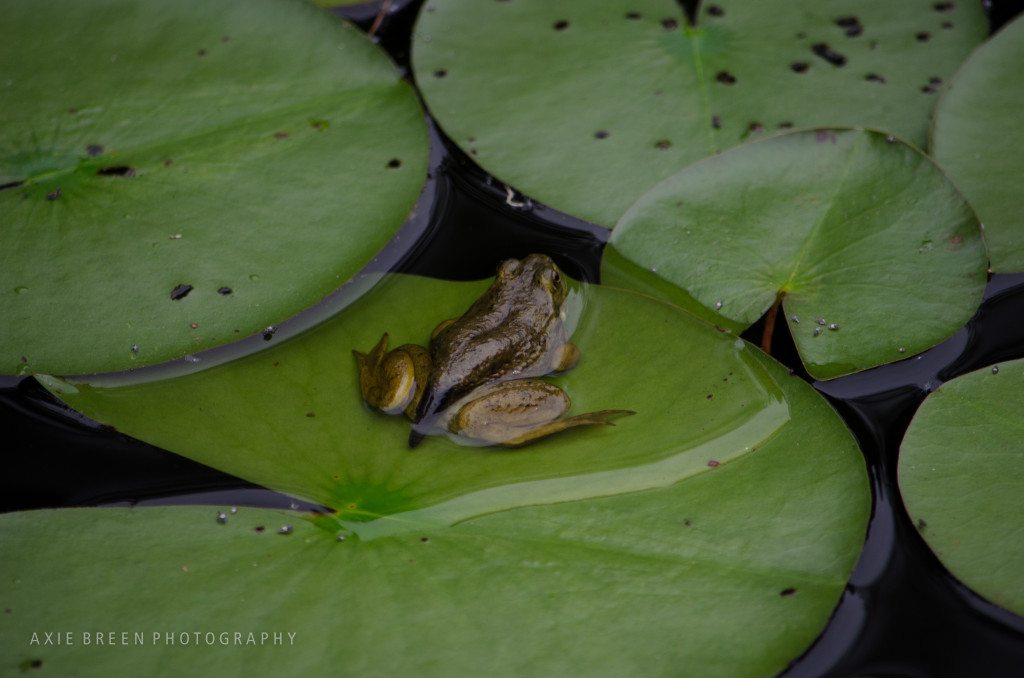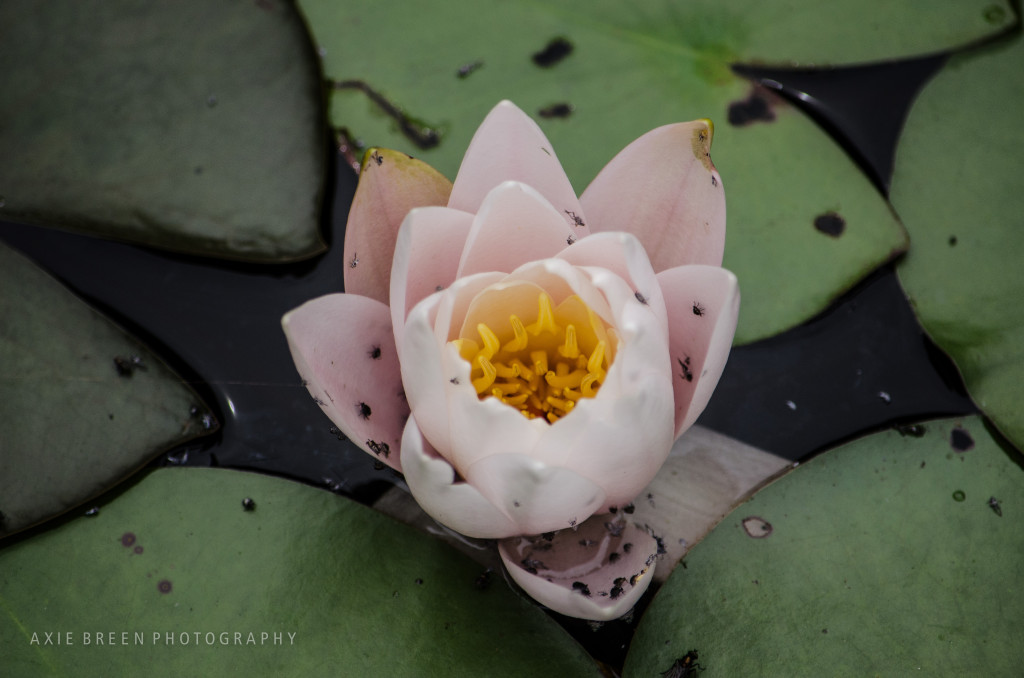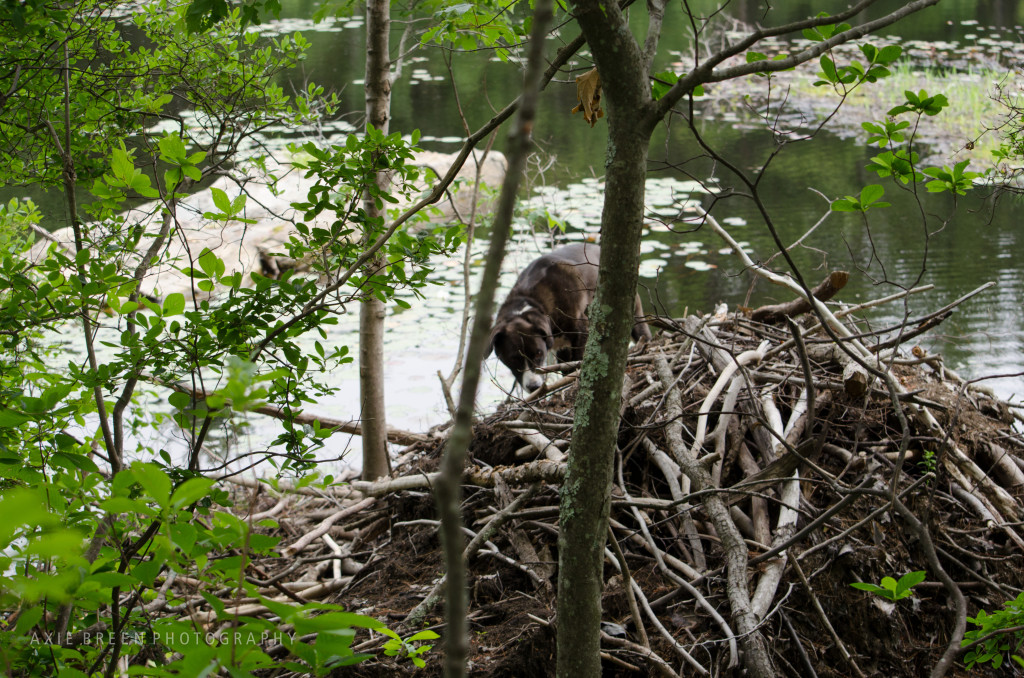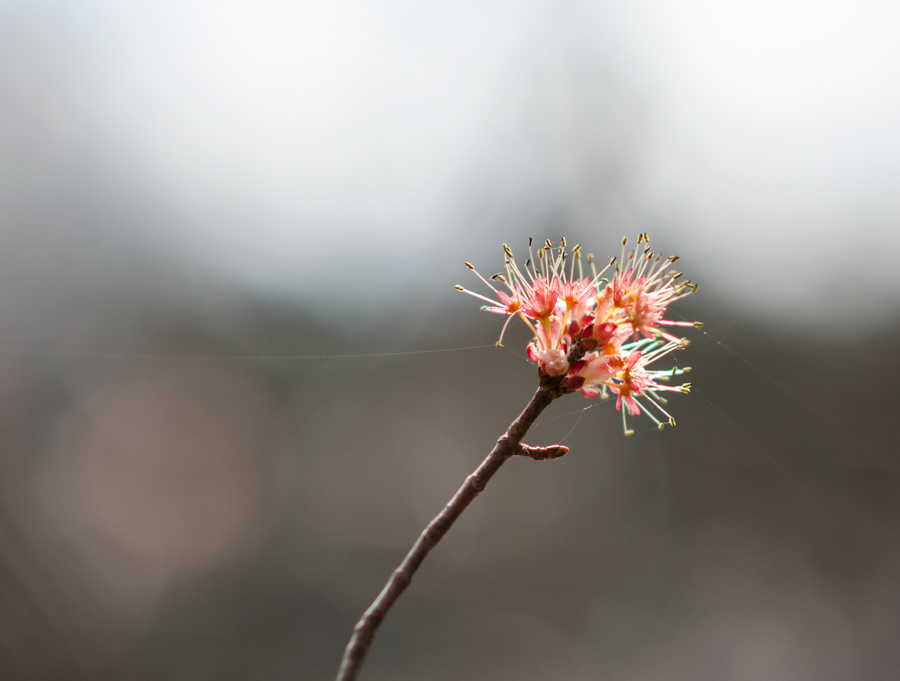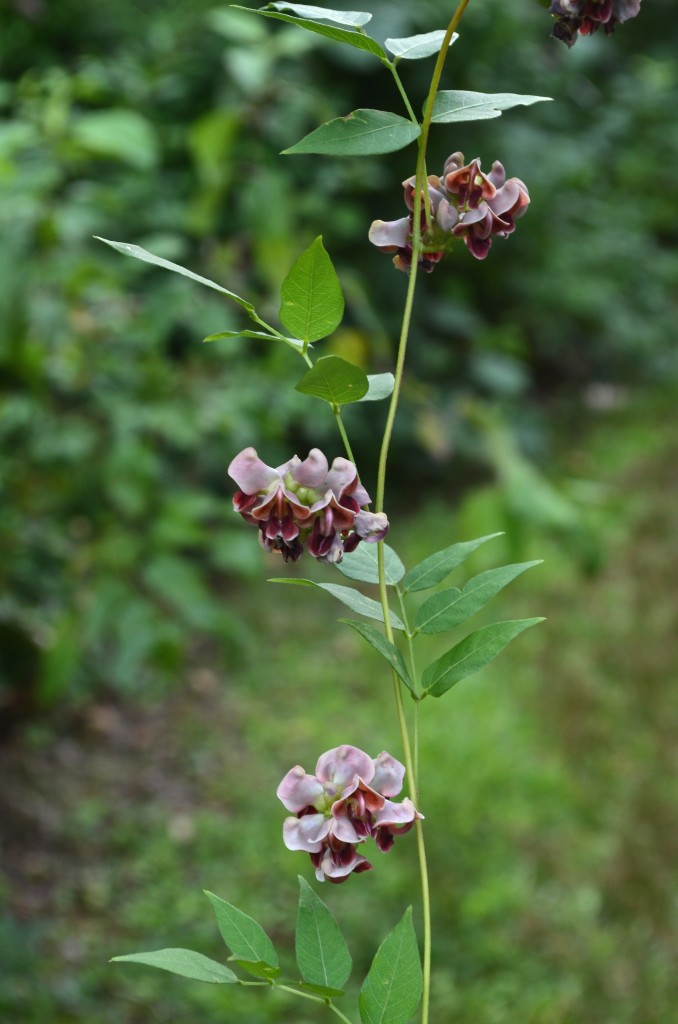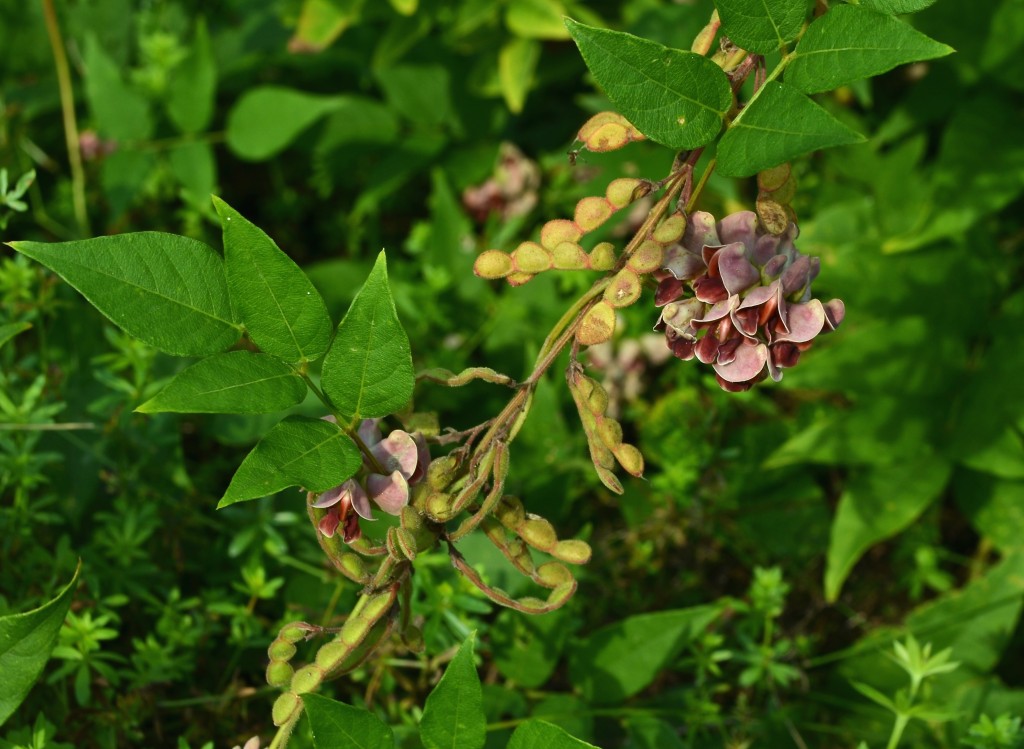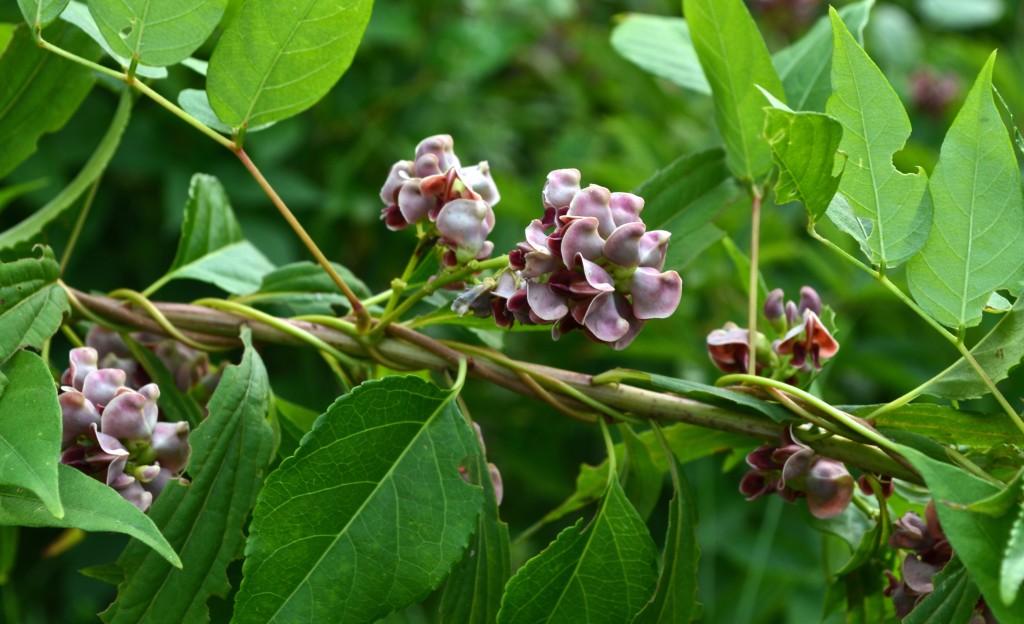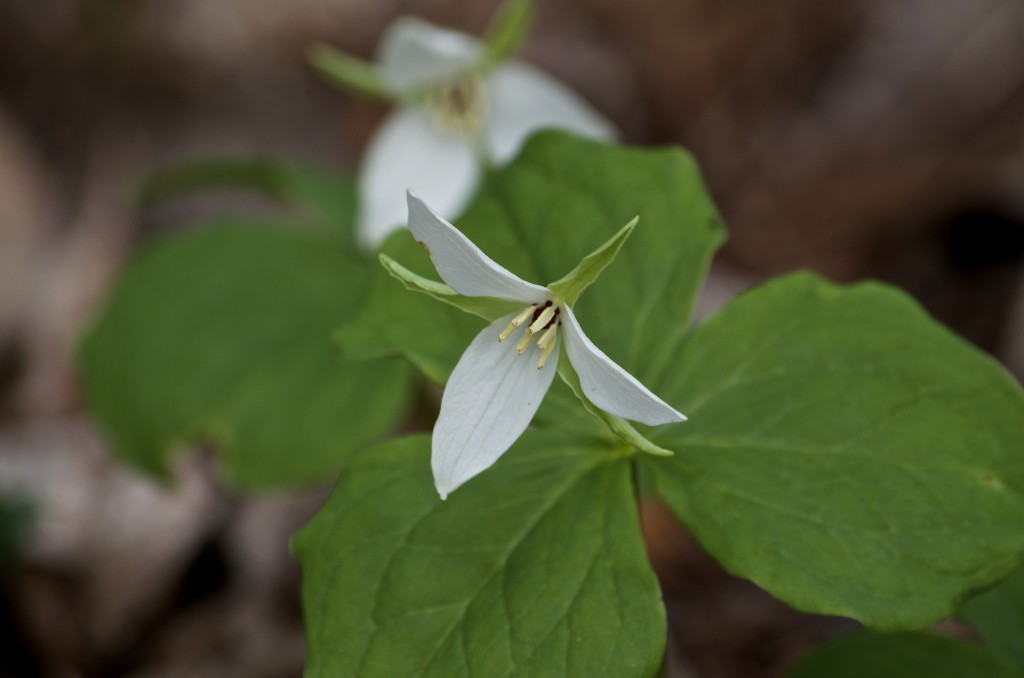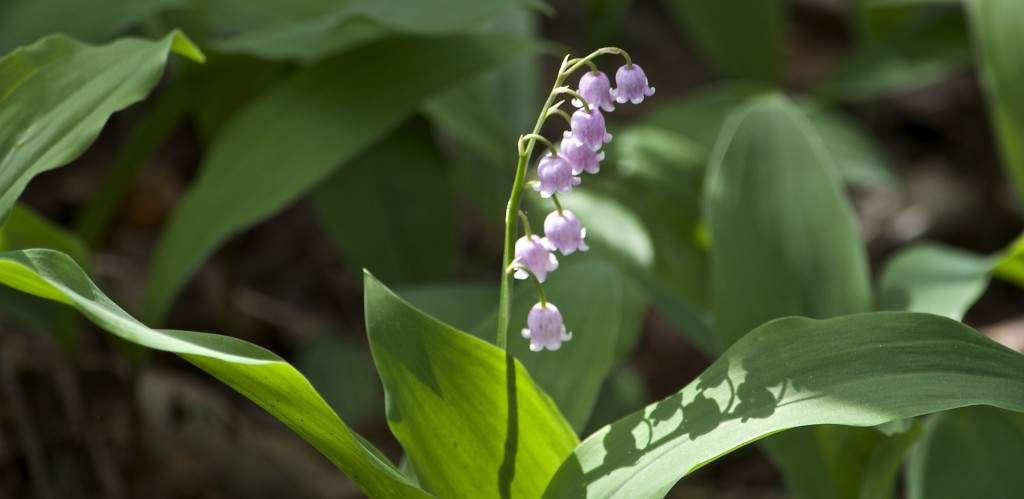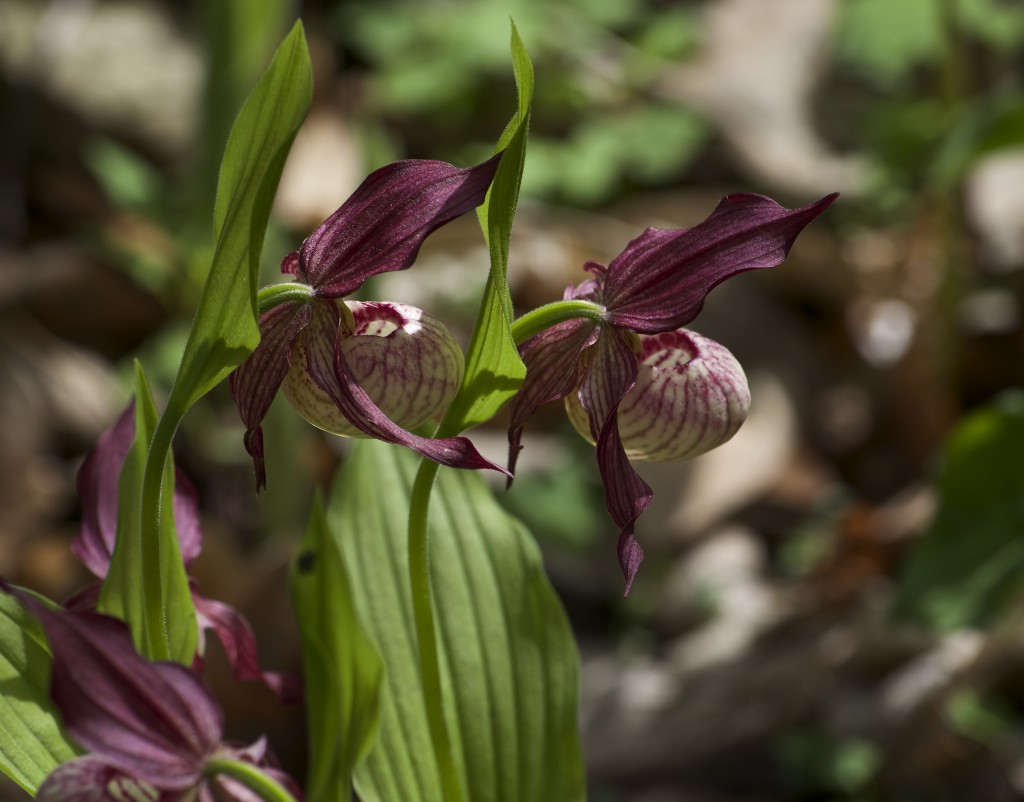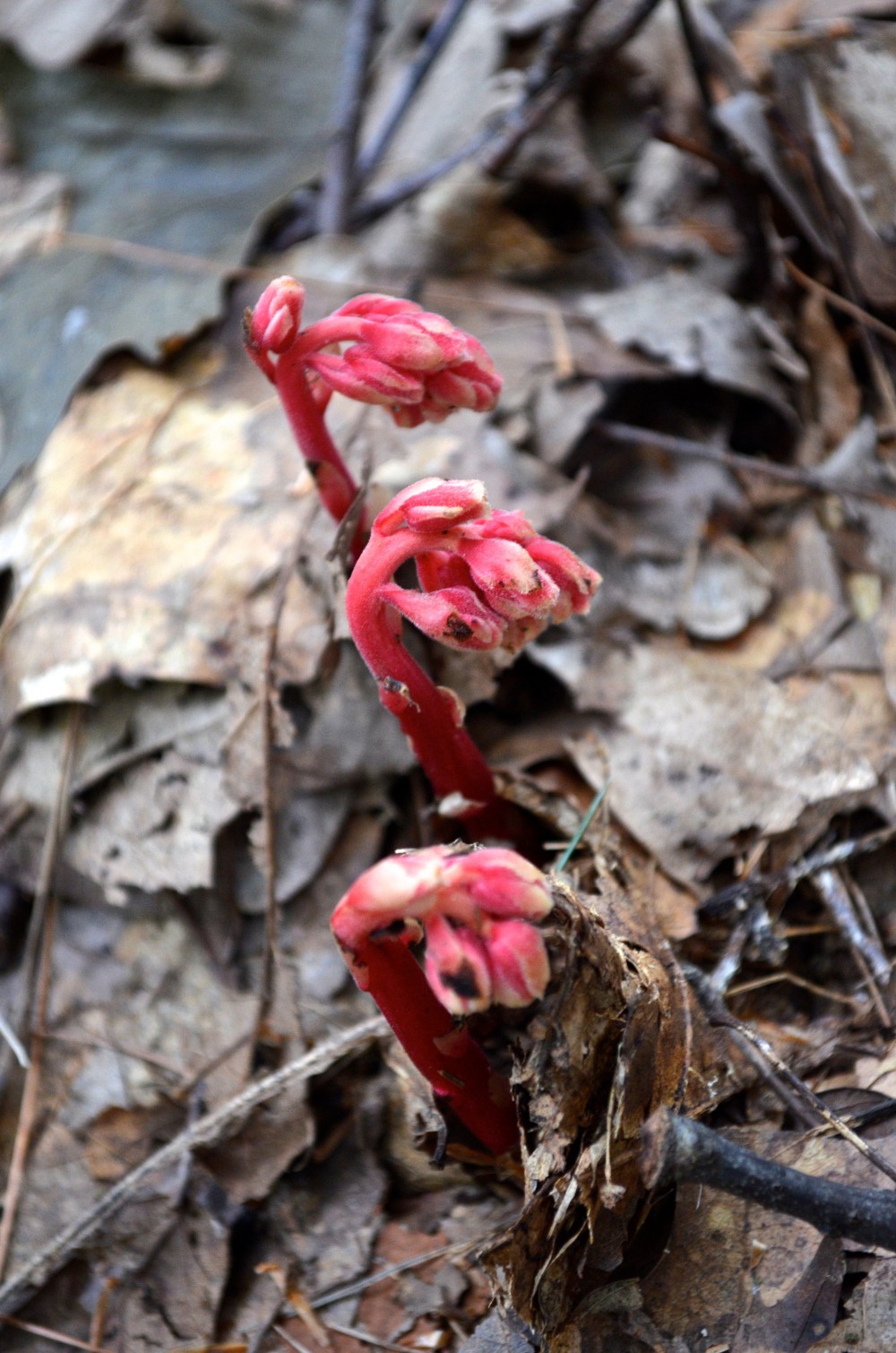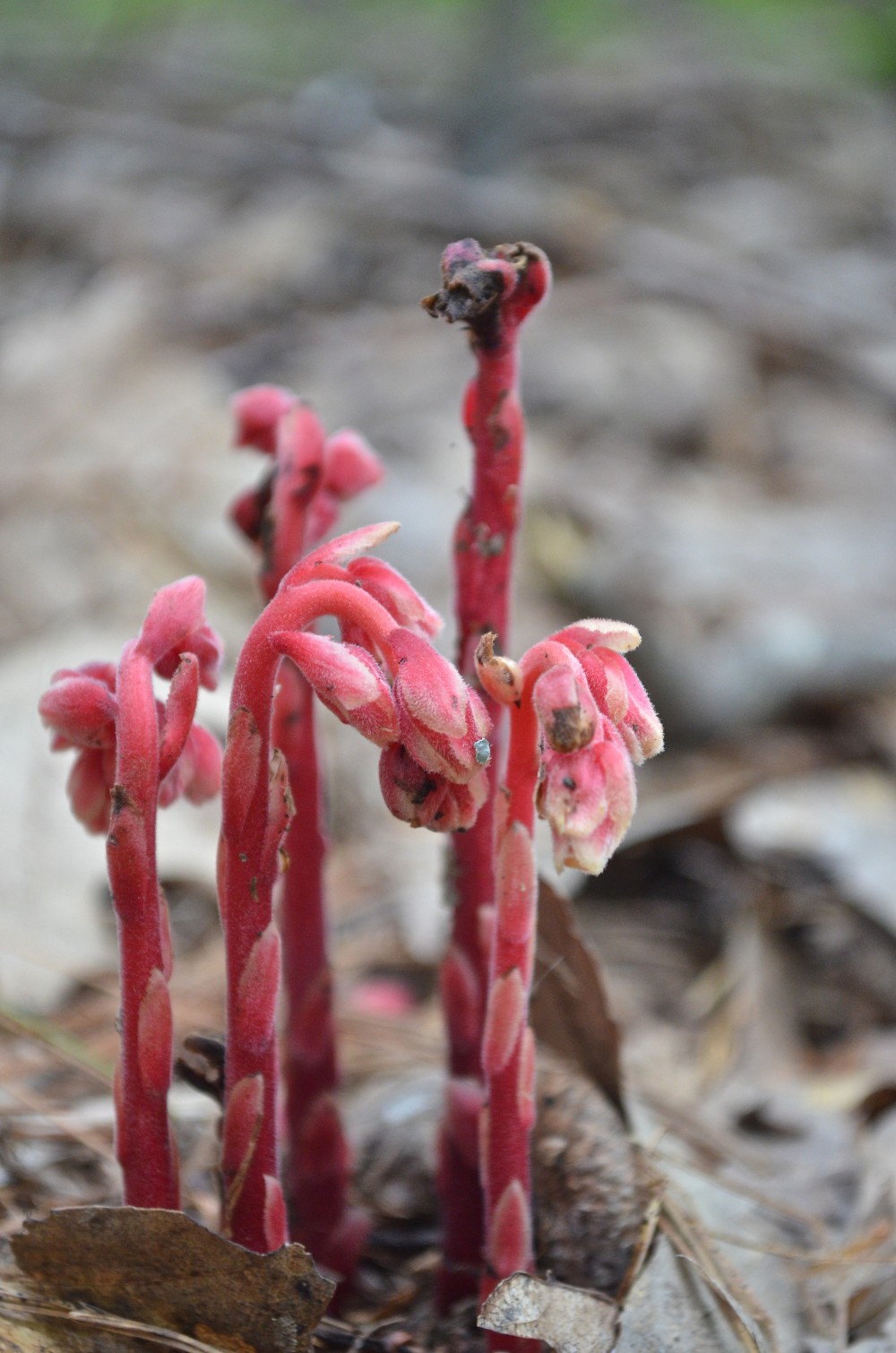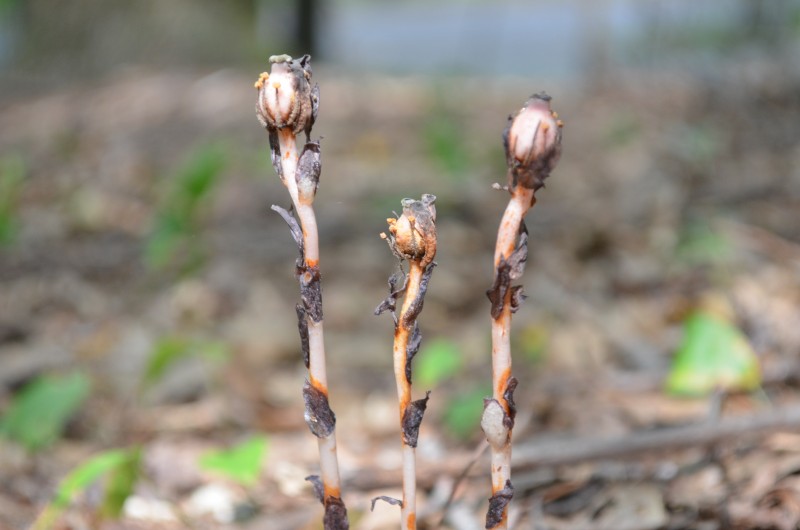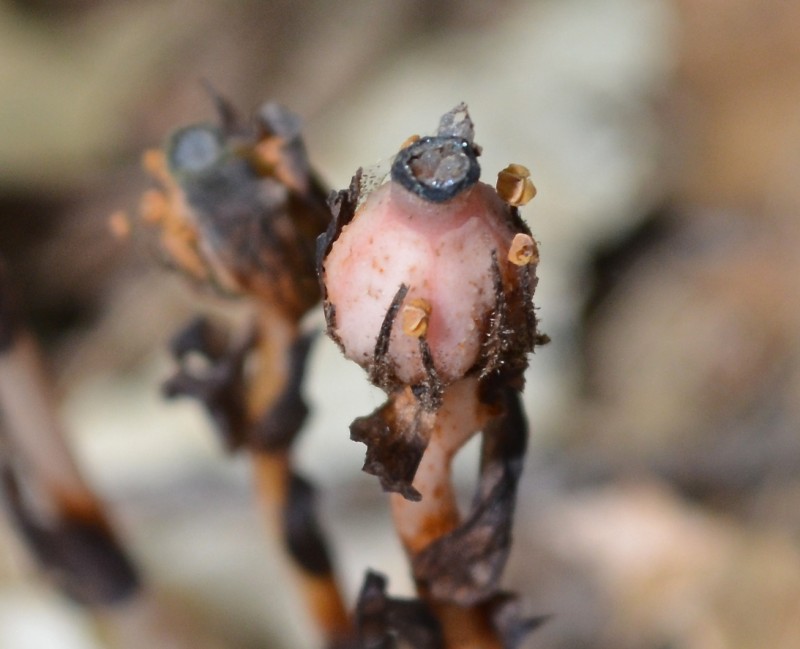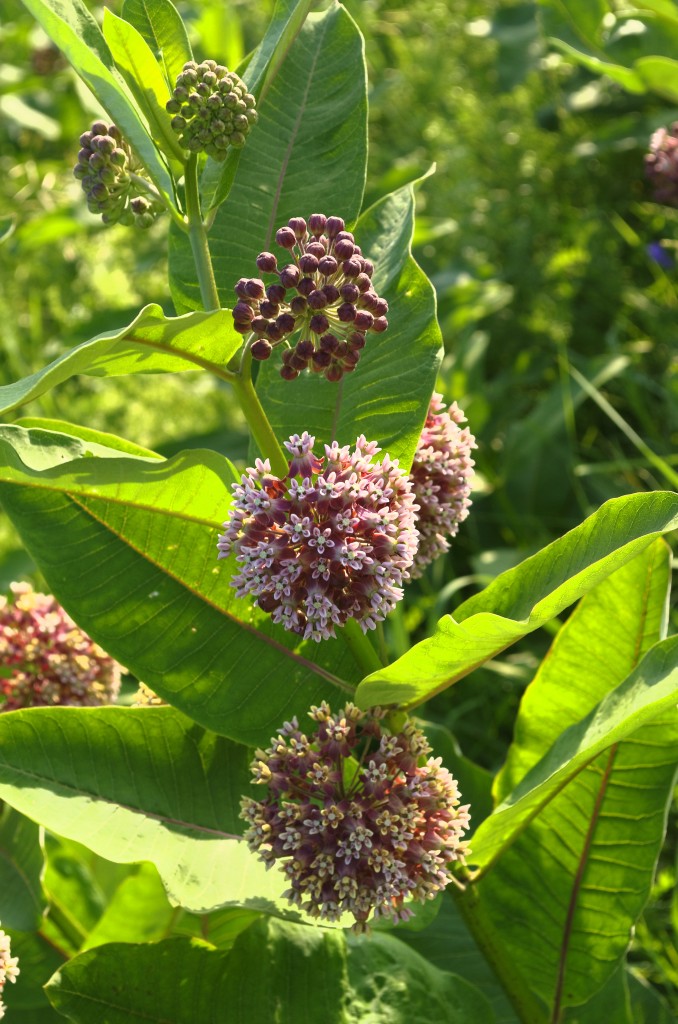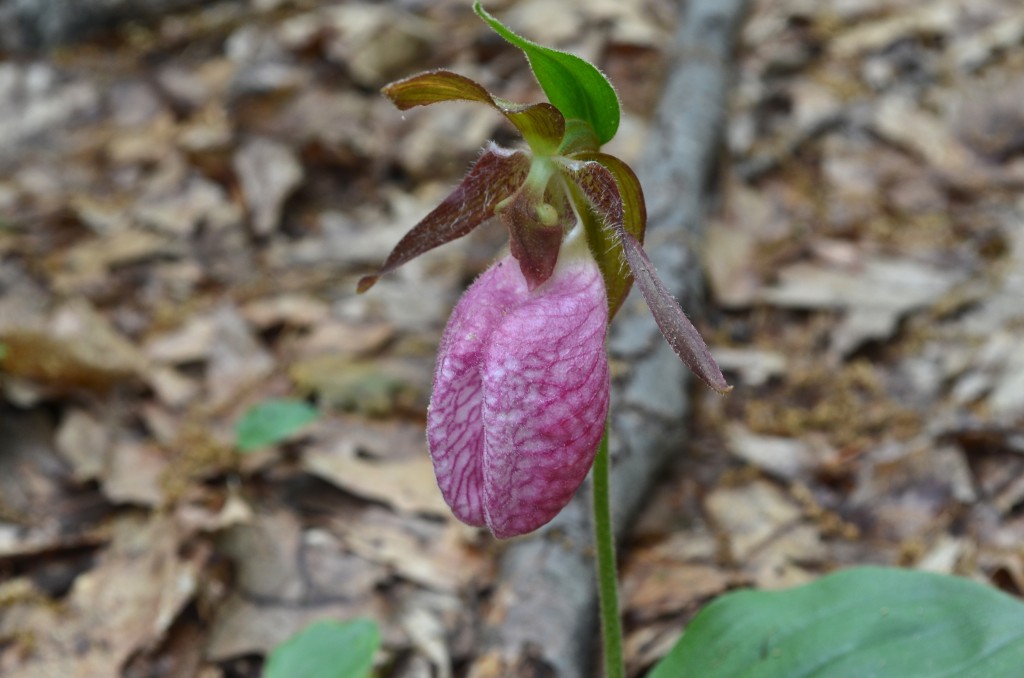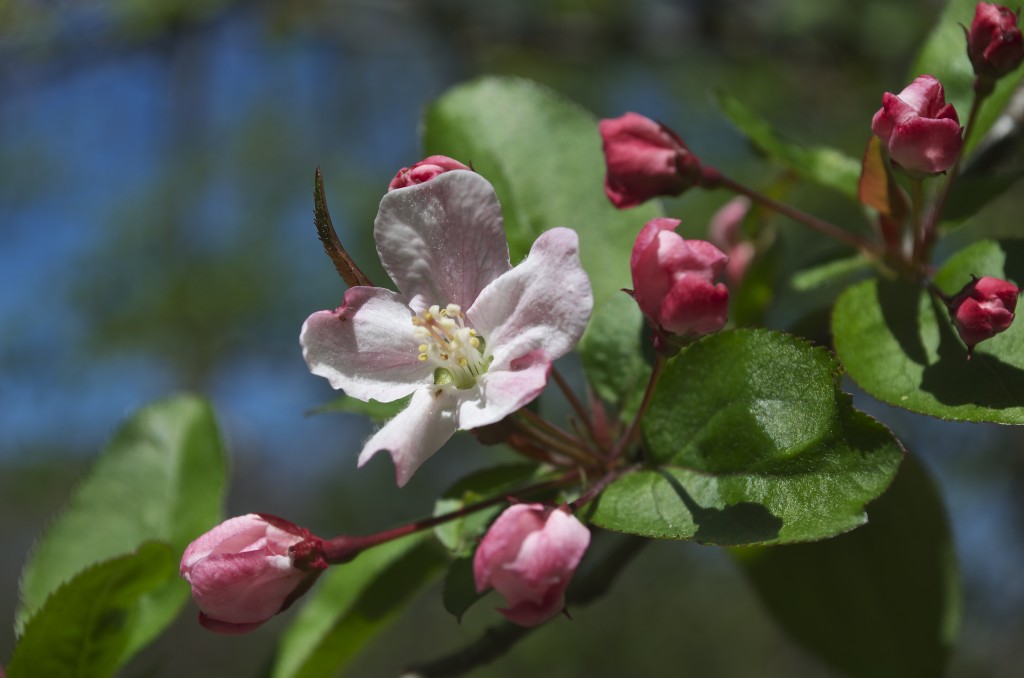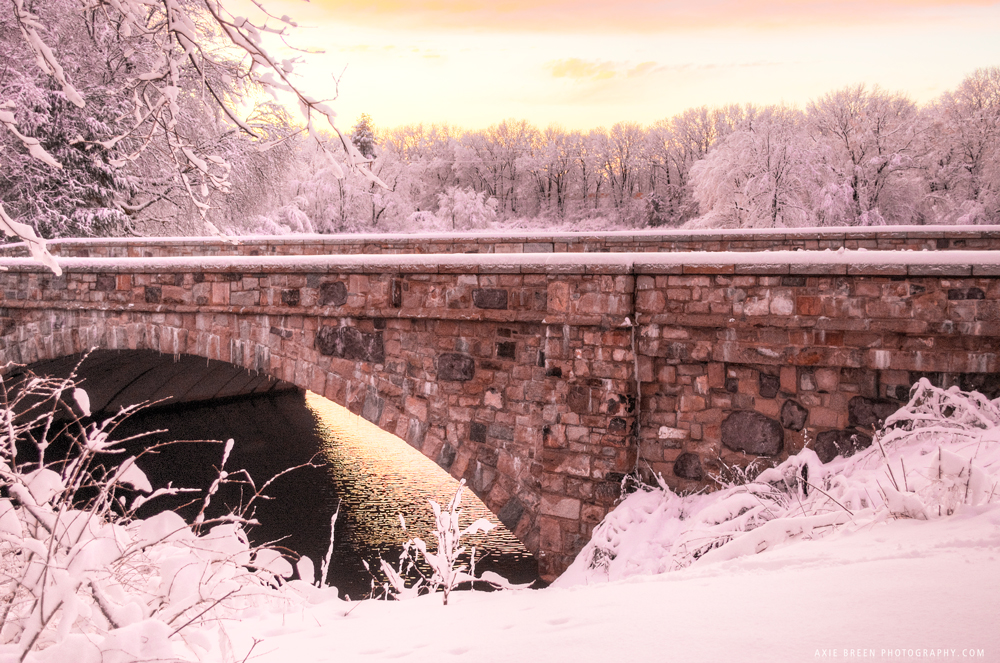 We had a snowstorm that took out power in our neighborhood, so suddenly we had to quit working and also couldn’t do all our various other projects that require computer-staring. So we hunkered down, made a fire, (cheated by going out for dinner)…. but after the storm was over, the sun came out for an orange sunset on the sticky snow. We drove to the South Street bridge and it was so gorgeous…
We had a snowstorm that took out power in our neighborhood, so suddenly we had to quit working and also couldn’t do all our various other projects that require computer-staring. So we hunkered down, made a fire, (cheated by going out for dinner)…. but after the storm was over, the sun came out for an orange sunset on the sticky snow. We drove to the South Street bridge and it was so gorgeous…
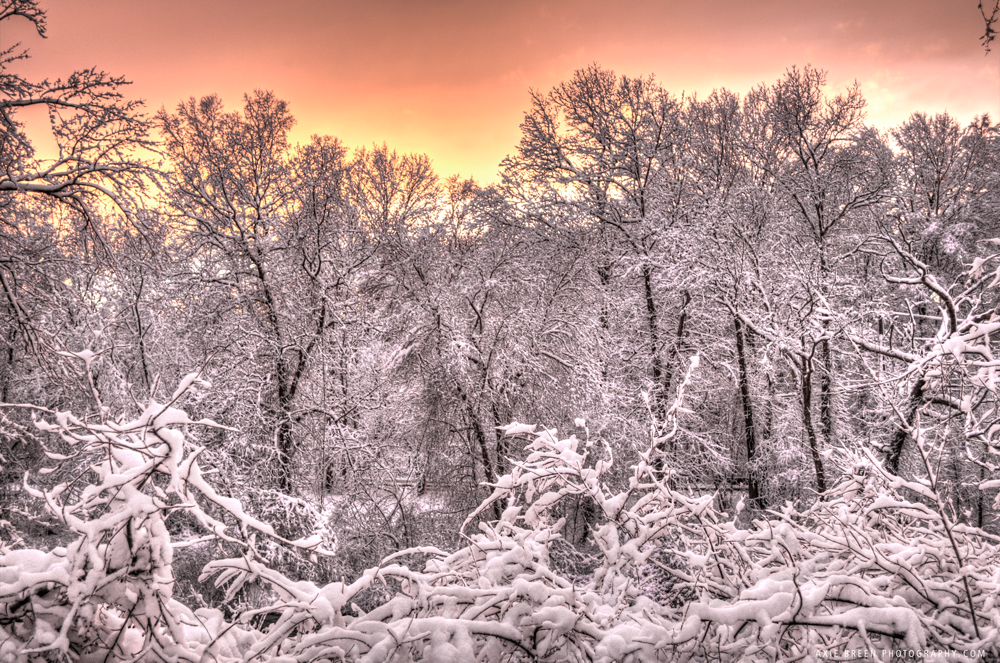
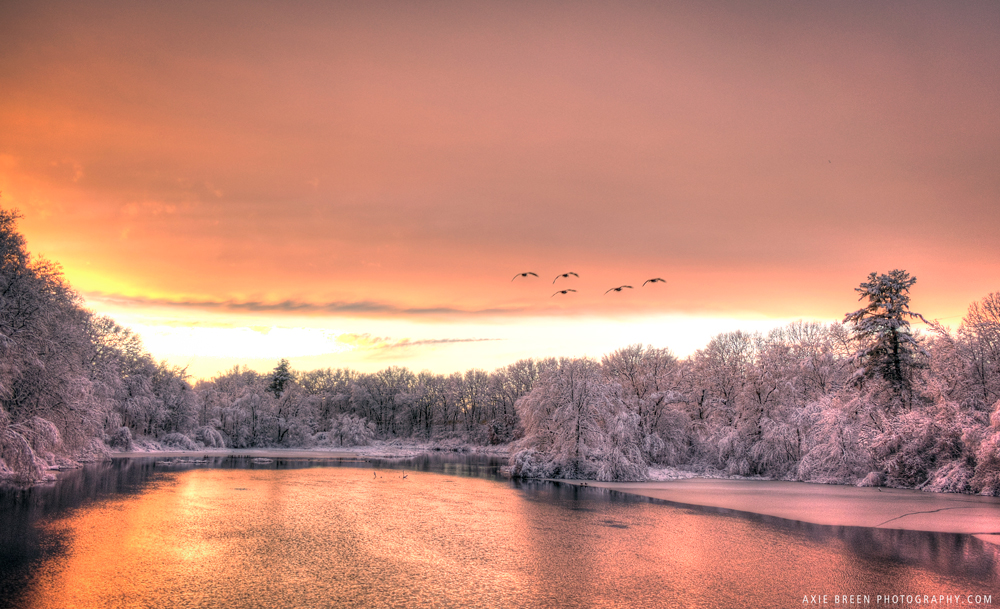 Then the heat came back on during the night (yay!) and at dawn, we immediately went out to look for beautiful photographs. The sun comes over the ridge and touches the treetops first…
Then the heat came back on during the night (yay!) and at dawn, we immediately went out to look for beautiful photographs. The sun comes over the ridge and touches the treetops first…
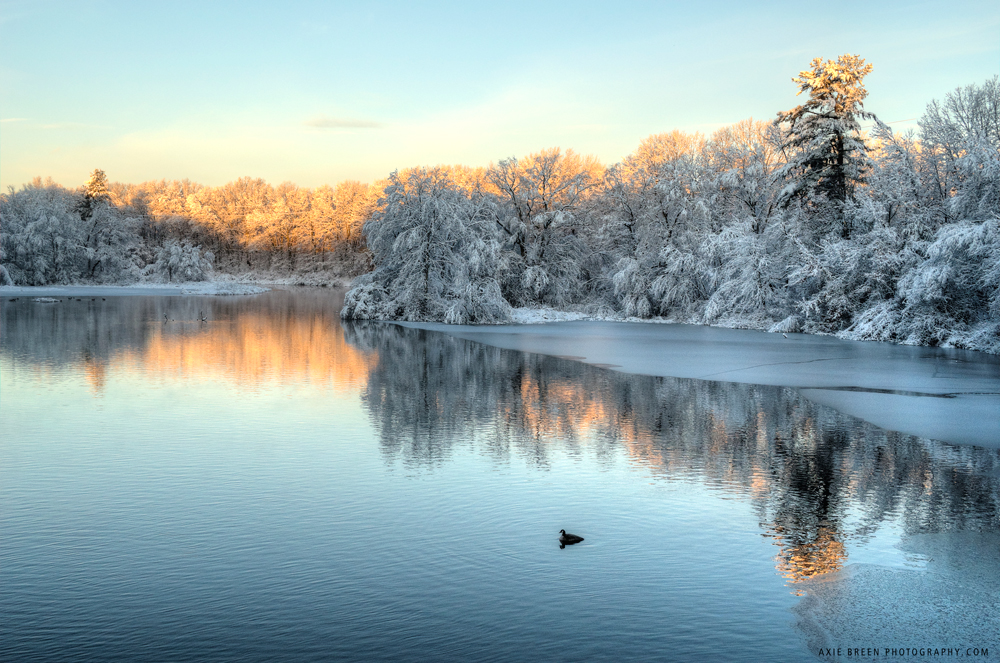
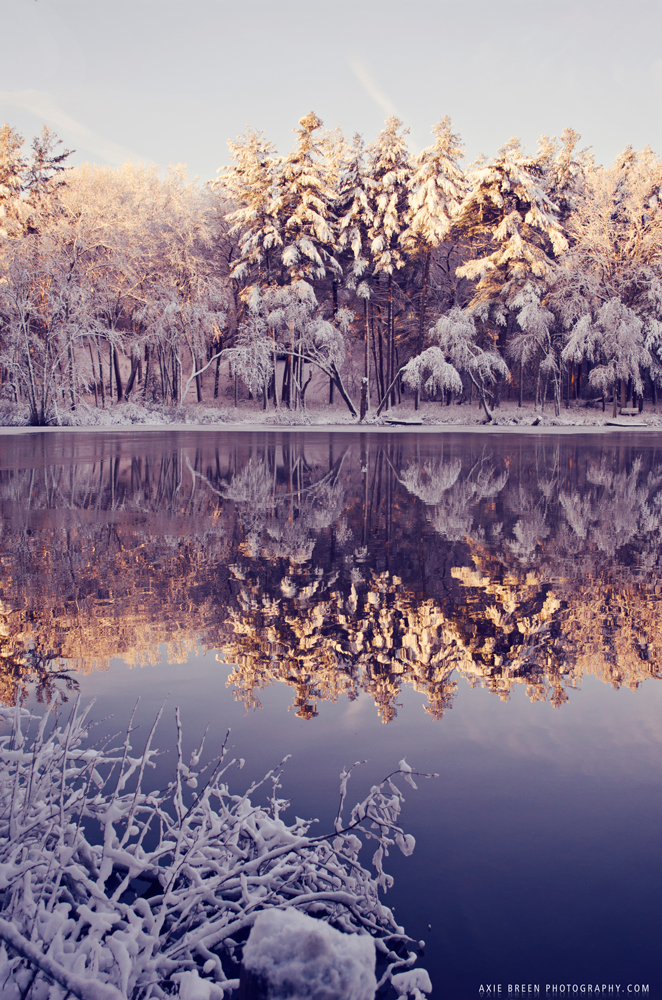
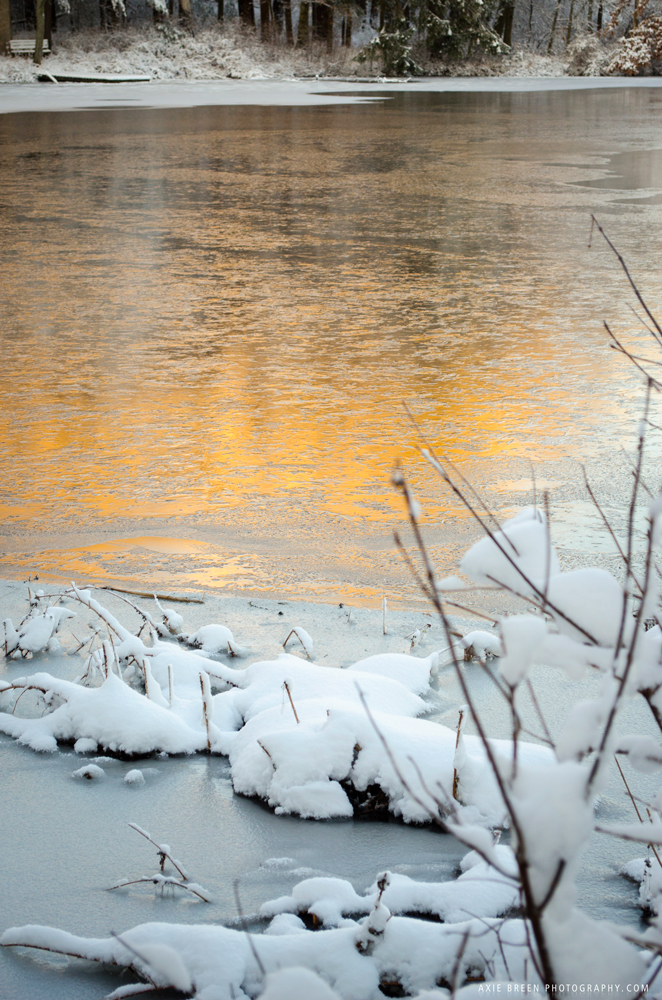
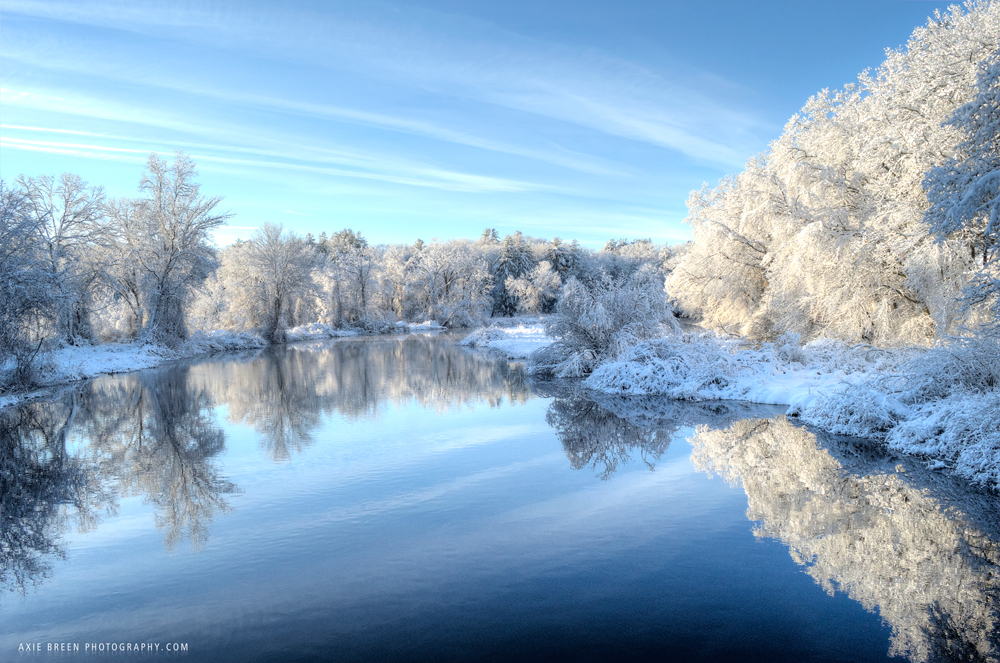
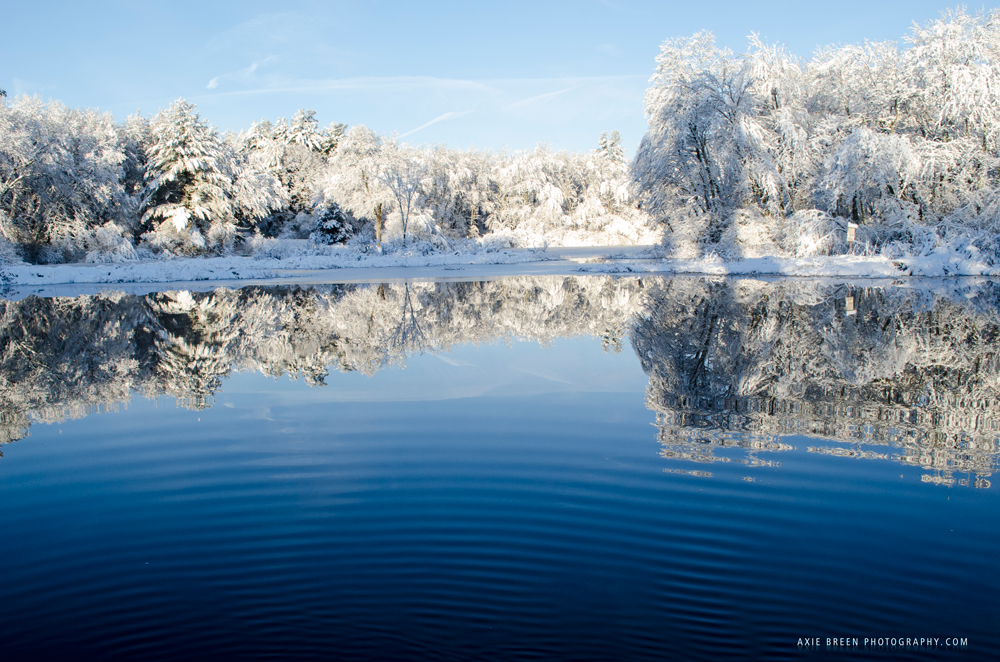 This last scene had a glassy surface, but my boot slipped into the river and made this rad ripple! A day of stunning sights. These are all of the Charles River as it divides Needham and Dover, MA… and all within five minutes of our house, which is so GREAT! And now, grateful for heat, light, and a way to upload my photos! Time to make some hot chocolate.
This last scene had a glassy surface, but my boot slipped into the river and made this rad ripple! A day of stunning sights. These are all of the Charles River as it divides Needham and Dover, MA… and all within five minutes of our house, which is so GREAT! And now, grateful for heat, light, and a way to upload my photos! Time to make some hot chocolate.
And if you’re wondering about the wildflower report: yes, skunk cabbage is up, blackened tops showing through the snow in some places, and plump and green in the swampy spring at Ridge Hill.

